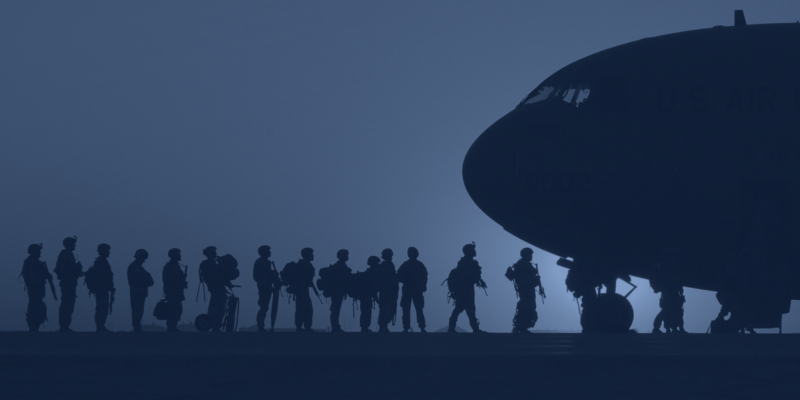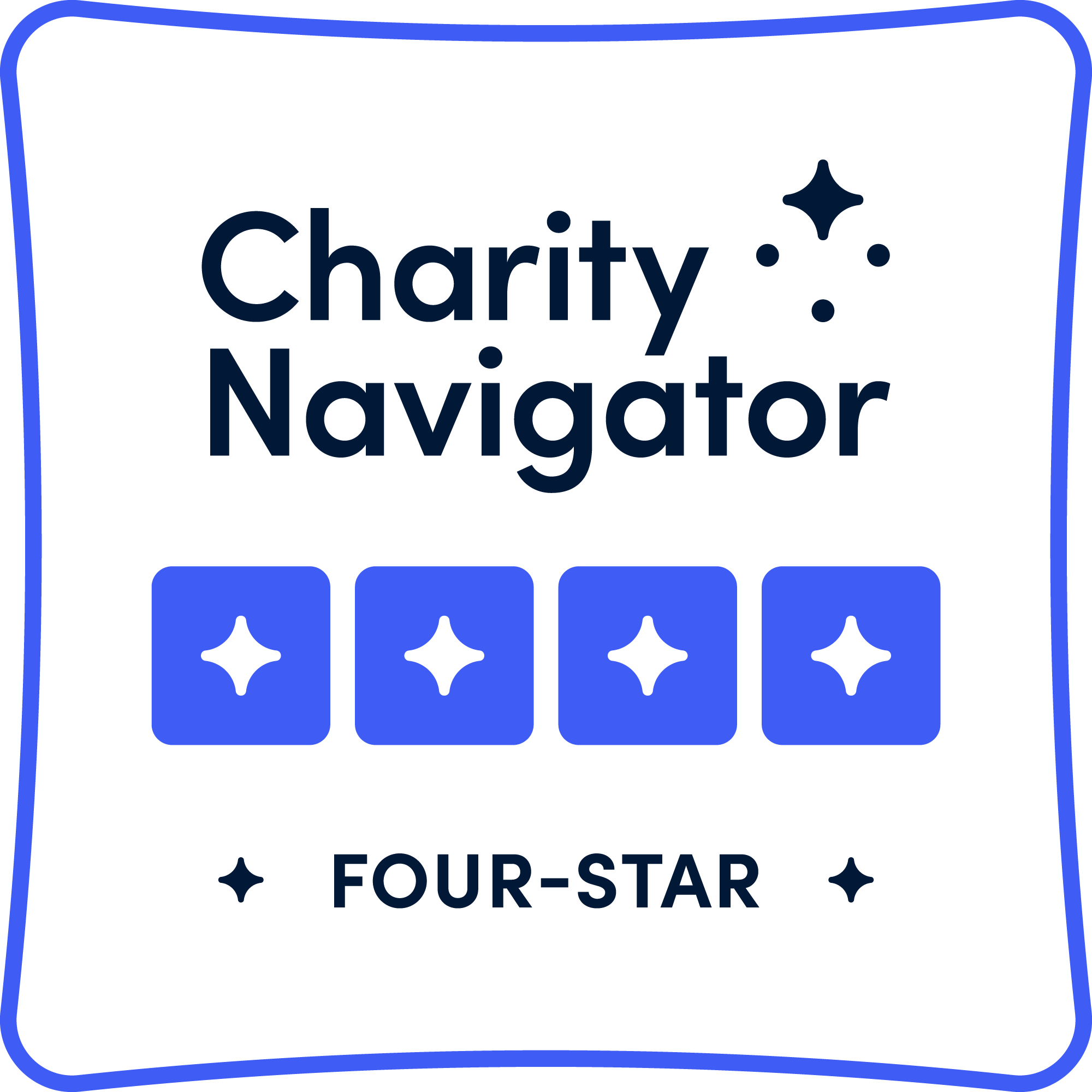Meet the VetPop of 2030: Size and Diversity

As of November 1, 2020, National Veterans Intermediary (NVI) is called the Local Partner Network. Older content may reference our original name.
At the turn of this new decade, we’ve been thinking about what’s ahead for our nation’s veterans. Statistics tell us that the veteran population in 2030 will look quite different than it does today. So what will it look like, and what do these changes mean for communities serving veterans? This series of blogs compares the demographic makeup of the 2020 veteran population to that of 2030. We’ll consider the circumstances driving these demographic shifts, imagine the challenges and opportunities they present, and offer considerations for collaboratives as they work to create communities in which veterans and their families can thrive after service. Here’s what we know about 2030…
The veteran population will be significantly smaller.
Total Estimated Population of U.S. Veterans
| 2020 | 2030 | |
| Veteran population | 18,823,868 | 15,466,321 |
Source: VA VetPop data
A large swath of the veteran population—particularly, those veterans who served in WWII and Korea—are aging and, inevitably, reaching the end-of-life stage. As we lose these veterans, whose numbers are larger than most service eras because of the massive scale of those war efforts, the veteran population will shrink by more than 3M people.
Forward-looking communities should prepare for these possibilities:
- A shrinking pool of senior veteran volunteers and mentors, especially in programs using vet-to-vet driven models.
- A potential widening effect in the civ-mil divide. As we lose veterans—especially those of the draft era, when being called up for service was a widespread reality—the chances of a community member having a direct connection with a service member or veteran may decrease.
- The number of veterans served by your collaborative may decrease, so documenting the intensity of service will be increasingly important.
We will have the most diverse US veteran population in history.









